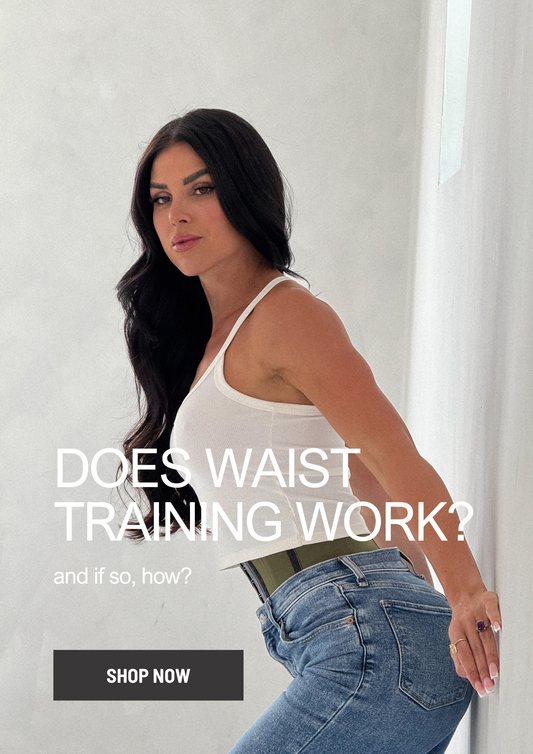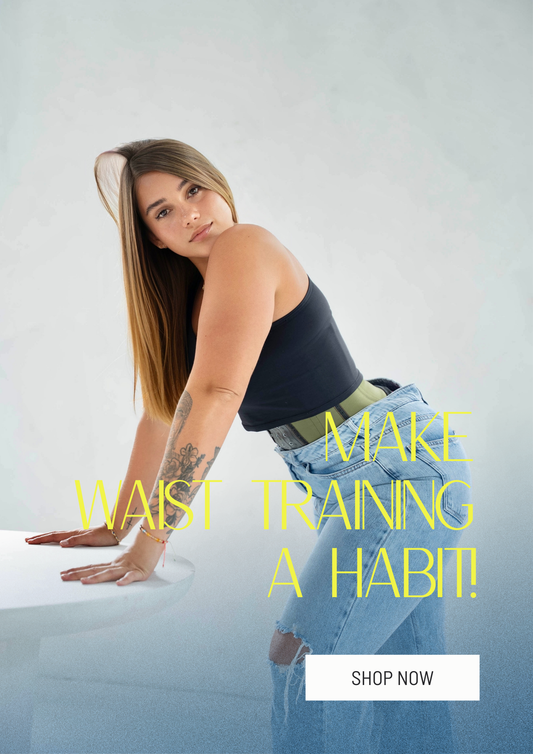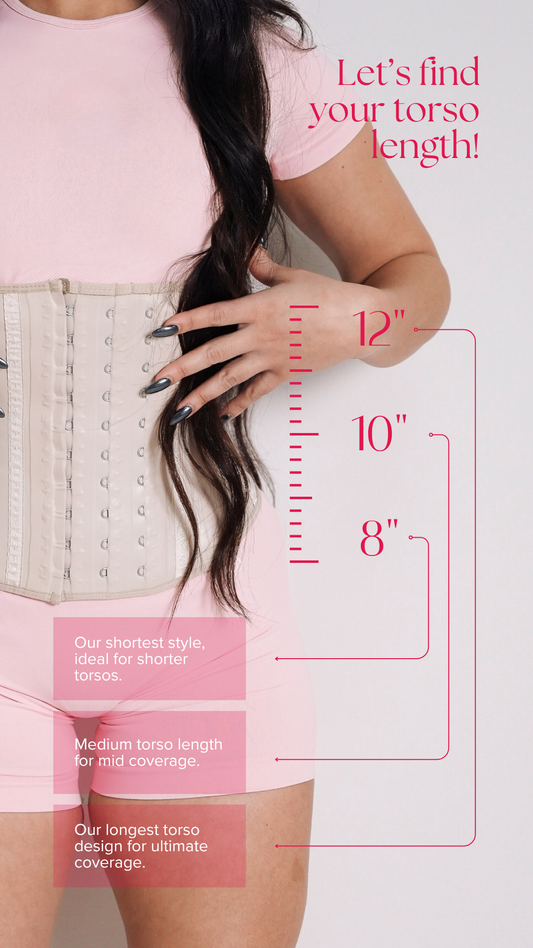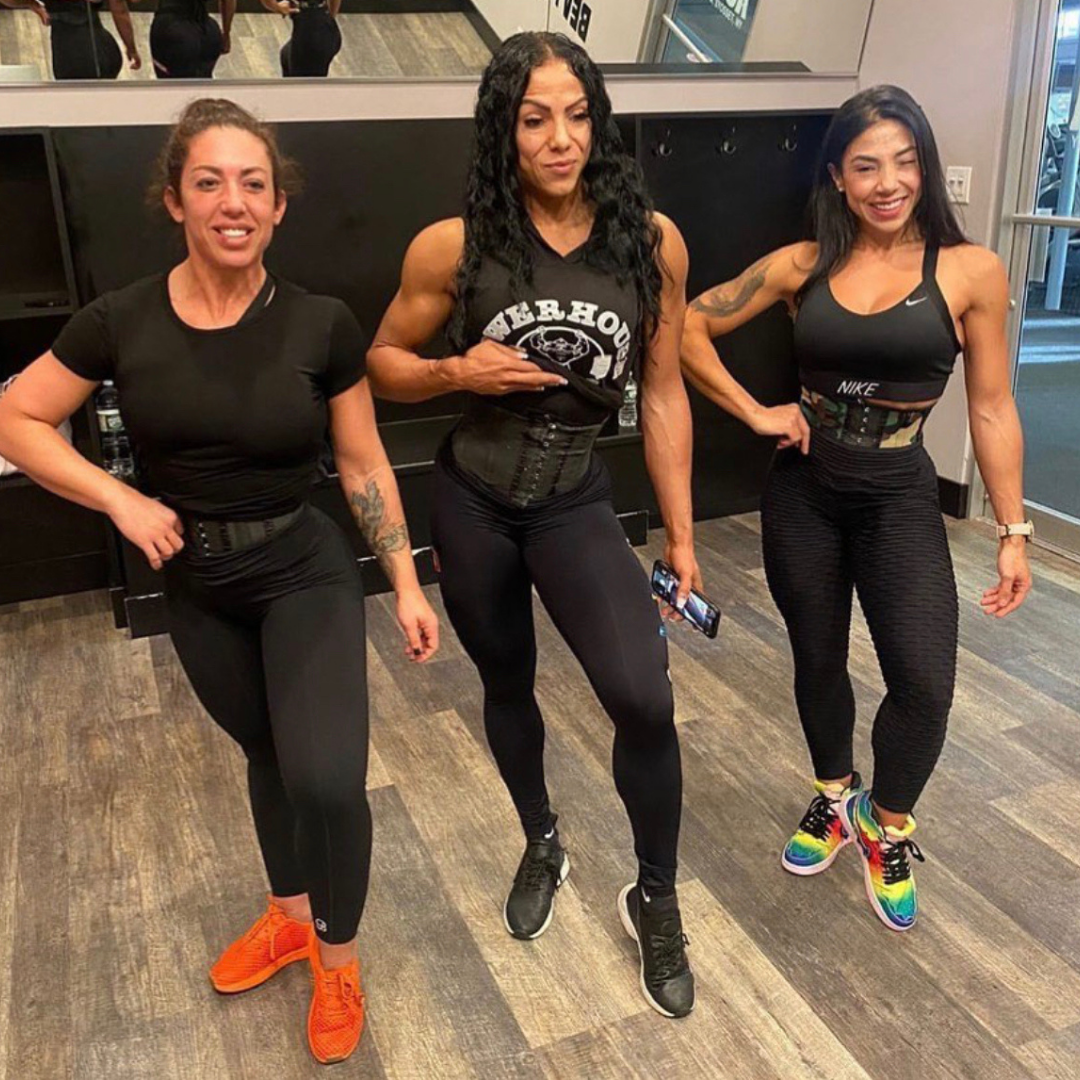
A Guide To Choosing the Right Waist Trainer
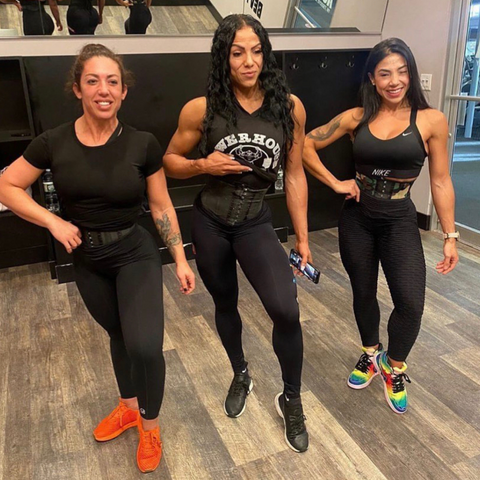
The increased popularity of waist trainers on social media piqued your curiosity, and the internal debate is well underway. Deciding to try one for yourself is a challenge, but where you begin is another. A waist trainer can contribute to sleeker mid-sections, promote better posture, and create more dynamic workouts.
When selecting a waist trainer, you can go in many directions, but ensuring it’s the right fit is the single most important step you take. Here is a quick guide to choosing the right waist trainer and several things to consider.
What Is Waist Training?
The traditional approach to waist trainers was a way for women to create an hourglass figure with a steel-boned corset. The lacing closure makes a snug fit by pulling the ribs inward and drastically decreasing the waist circumference. One of the perks of waist training is that waist trainers are gender-neutral and allow both men and women to redefine their waist structure.
What Is A Waist Trainer?
After understanding the simple functions of waist training, getting a good grasp of what a waist trainer is can help you make the right decision for yourself. Steel-boned corsets are versatile for varying circumstances.
Some prefer their waist trainers for fashion purposes like slimming their waist to fit into a specific curve-hugging dress or smoothing over their body to eliminate unevenness. Other objectives include posture support and weight management. It’s important to note that a waist trainer cannot help you lose weight, but rather train your waist to take on a slimmer, hourglass appearance, and this idea works for both men and women.
Here are five essential tips to consider when you are selecting a waist trainer:
Breathability
A significant indication that things aren’t working is whether you can breathe; if you can’t, start over! A waist trainer’s design is more restrictive, but not in an inability to breathe kind of way. Restricting breathing is counterproductive to the process and can cause potential damage.
Ensure you can comfortably inhale and exhale in all positions, sitting, standing, and moving around. When practicing movement, change directions and practice different ranges to ensure you can breathe normally. The goal is to ensure there are no restrictions or limitations.
Comfortability
While breathing is a top indication of proper waist training, the overall comfort you have in it is critical. They are wearable under loose clothing or on top of light layers like tank tops or T-shirts. You may need to make a few adjustments to your wardrobe to accommodate your waist trainer, but ensure comfortability at all times while wearing one.
You can do several things to verify your comfort levels, like pin-hook placements, fabrics, and boning materials. The primary support method is the boning, so ensuring this is comfortable will allow for better results. Consider fabrics that are durable and breathable, so if you intend to wear them every day, it’s compatible with your lifestyle.
Generally, the everyday waist trainer sees many situations like the gym, the office, and lounging at home. All these scenarios require varying comfort levels in clothing and waist trainers. Being mindful of the boning structure and fabrics can maintain comfortability while wearing a waist trainer regardless of activity.
Fit and Form
Prioritize your measurements, no matter what you end up choosing. The measurement process is where the breathability and comfort take shape, so take these numbers seriously. One of the most critical measurements you will take is the length of your natural waist, all the way around, also known as your circumference.
Many confuse two different waistlines as their natural waist, but the most accurate placement of the natural waist is the smallest part, below the breasts and above the hips. Many argue that the hips are the waist, but in the case of waist training, the natural waist matters most. The design of a waist trainer keeps the natural waist in mind, as the main goal in this process is to decrease inches.
Stretching And Shrinking
It’s essential to remember that your numbers and waist will decrease progressively over time. Because of this, you need a waist trainer that will adjust with you. Check the hook alignment and ensure there are multiple for changing as you go.
When you put the waist trainer on for the first time and notice there are still one or two more settings left, this can ensure it will progress with you through time, and it is a good, long-term fit. If there are fewer hooks left, you might have one that is too big, and it’s best to remeasure and start over.
Rolling or Bulging
If you are experiencing rolling or bulging in your waist trainer, you must remove it and start over with sizing. Improper fit is counterproductive, and experiencing one of these warning signs is the notion that the fit is wrong, even if you know your measurements are correct.
Bulging indicates a trainer is too small or not grabbing your body appropriately, meaning there is too little or too much pressure. Rolling around the hip is also common, which generally indicates the trainer is too small. When you compromise the length of the trainer, you take away some of its strength and ability to work for you.
Ensuring everything is snug without being too tight is the best way to receive the desired results.
Care and Maintenance Guidance
Due to the snug fit and proximity to your body, your sweat can become trapped in the fibers of your waist trainer and create an unsanitary environment. Caring for and maintaining your waist trainer will ensure extended wearability. Think of your waist trainer like your socks; the toxins released into the materials create a smelly build-up.
Consider the care system you can keep up with when you select a trainer and ensure the materials are washable in a way that works best for you. This can protect your investment and help you waist train regularly. Follow the care instructions deliberately and reach out to a sales representative for concerns or questions.
After reviewing a guide to choosing the right waist trainer, hopefully, making your decision is easier. Squeeze Me Skinny offers extreme shapewear for everyday use with your waist wishes in mind. Reach out to us today, and we can assist you in measurements, care instructions, and fit guidance!


